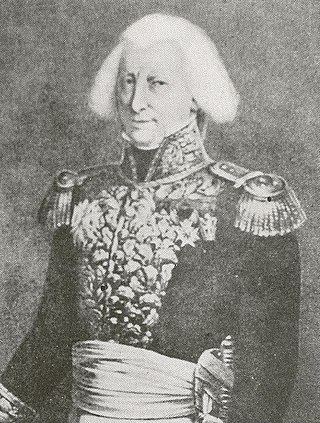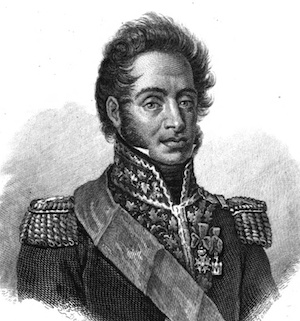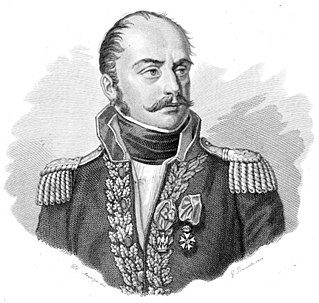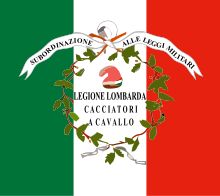Giuseppe Abbamonte (1759–1818) was a Neapolitan statesman who became secretary-general of the Cisalpine Republic in 1798 and a member of the Executive Committee at Naples. Upon the restoration of the king in 1799, he moved to Milan where he continued to do his job until 1805.

The Cisalpine Republic was a sister republic or a client state of France in Northern Italy that existed from 1797 to 1799, with a second version until 1802.

The Roman Republic was a sister republic of the First French Republic that existed from 1798 to 1799. It was proclaimed on 15 February 1798 after Louis-Alexandre Berthier, a general of the French Revolutionary Army, had occupied the city of Rome on 11 February. It was led by a Directory of five men and comprised territory conquered from the Papal States. The Roman Republic immediately incorporated two other former-papal revolutionary administrations, the Tiberina Republic and the Anconine Republic. It proved short-lived, as Neapolitan troops restored the Papal States in October 1799.

Claude-Henri Belgrand de Vaubois was a French general during the French Revolutionary Wars and the Napoleonic Wars. He is best known for the surrender of Malta to the British in 1800. On 20 August 1808 he was created Comte de Belgrand de Vaubois. Later, his name was inscribed on the Arc de Triomphe in Paris.

The Italian campaigns of the French Revolutionary Wars (1792–1801) were a series of conflicts fought principally in Northern Italy between the French Revolutionary Army and a Coalition of Austria, Russia, Piedmont-Sardinia, and a number of other Italian states.

Sister republics were republics established by the French First Republic or local pro-French revolutionaries during the French Revolutionary Wars. Though nominally independent, sister republics were heavily reliant on French protection, making them in effect client states of France. This became particularly evident after the First French Empire was established in 1804, after which France annexed several sister republics and transformed the remainder into monarchies ruled by members of the House of Bonaparte.

The Polish Legions were several Polish military units that served with the French Army in the Napoleonic era, mainly from 1797 to 1803, although some units continued to serve until 1815.

The Flags of Napoleonic Italy were the green, white and red tricolour flags and banners in use in Italy during the Napoleonic era, which lasted from 1796 to 1814. During this period, on 7 January 1797, the green, white and red tricolour was officially adopted for the first time as a national flag by a sovereign Italian state, the Cispadane Republic. This event is commemorated by the Tricolour Day.

A demi-brigade is a military formation used by the French Army since the French Revolutionary Wars. The demi-brigade amalgamated the various infantry organizations of the French Revolutionary infantry into a single unit. Each one was headed by a chef de brigade.

The Army of Italy was a field army of the French Army stationed on the Italian border and used for operations in Italy itself. It is best known for its role during the French Revolutionary Wars and Napoleonic Wars.
The siege of Mantua (1799) was a four-month effort by the Austrian army to regain a presence in northern Italy after being excluded from that region by Napoleon Bonaparte through the successful French siege of Mantua in 1797. In April 1799, the Austrians placed a military blockade around Mantua as part of the War of the Second Coalition with the intent of withering the French by attrition. While the diminishing food supplies and losses weakened the French army, the Austrians received reinforcements and attacked on 4 July 1799. By the end of the month, the French agreed to surrender.

Achille Fontanelli was an Italian nationalist and Napoleonic general. Born into a low-ranking noble family, he took service with a pro-French Italian military unit in 1797. He was captured in 1799 but was repatriated in time to serve in the Marengo Campaign in 1800. He was promoted to general officer in 1804 and in the 1809 war he led an Italian division in several major battles. After serving as Minister of War to Eugène de Beauharnais, he was tapped to command a division in the 1813 campaign. After the collapse of Napoleon's empire in 1814, he took service with the Austrian Empire.

The Army of Helvetia, or, was a command of the French Revolutionary Army. It was formed on 8 March 1798 from the remnants of the first unit to be known as the Army of the Rhine. It was officially merged into the command structure of the Army of the Danube on 29 April 1799, although it continued to operate in the Swiss theater until 1801. The Army's initial campaigning in the old Swiss Confederation resulted in severe setbacks and defeats at Feldkirch, Lusiensteig, and Zurich.

Léonard Mathurin Duphot was a French general and poet, whose Ode aux mânes des héros morts pour la liberté was highly fashionable at the time.

Carlo Balabio (1759–1838) was an Italian general and cavalry commander who served the Kingdom of Italy during the Napoleonic Wars.
Jean-Baptiste Salme or Salm was a French general. He led French troops in several actions during the French Revolutionary Wars and Napoleonic Wars. Several times he landed in trouble by associating with the wrong people, including his wife who tried to kill him. He served alongside Jacques MacDonald when they were both generals of brigade in the Flanders Campaign in 1794. Still commanding only a brigade, he served in MacDonald's army in Italy during 1799 and in Spain during 1810.

The Piedmontese Republic was a revolutionary, provisional and internationally unrecognized government established in Turin between 1798 and 1799 on the territory of Piedmont during its military rule by the French First Republic.

Filippo Severoli was an Italian general and noble who served in the Kingdom of Italy during the Napoleonic Wars and in the Austrian Empire. He was named Earl of Hannover and governor of Piacenza by Napoleon Bonaparte.

Pietro Teulié was an Italian general who served in the Kingdom of Italy during the Napoleonic Wars. He was killed during the siege of the Prussian fortress of Kolberg.
















